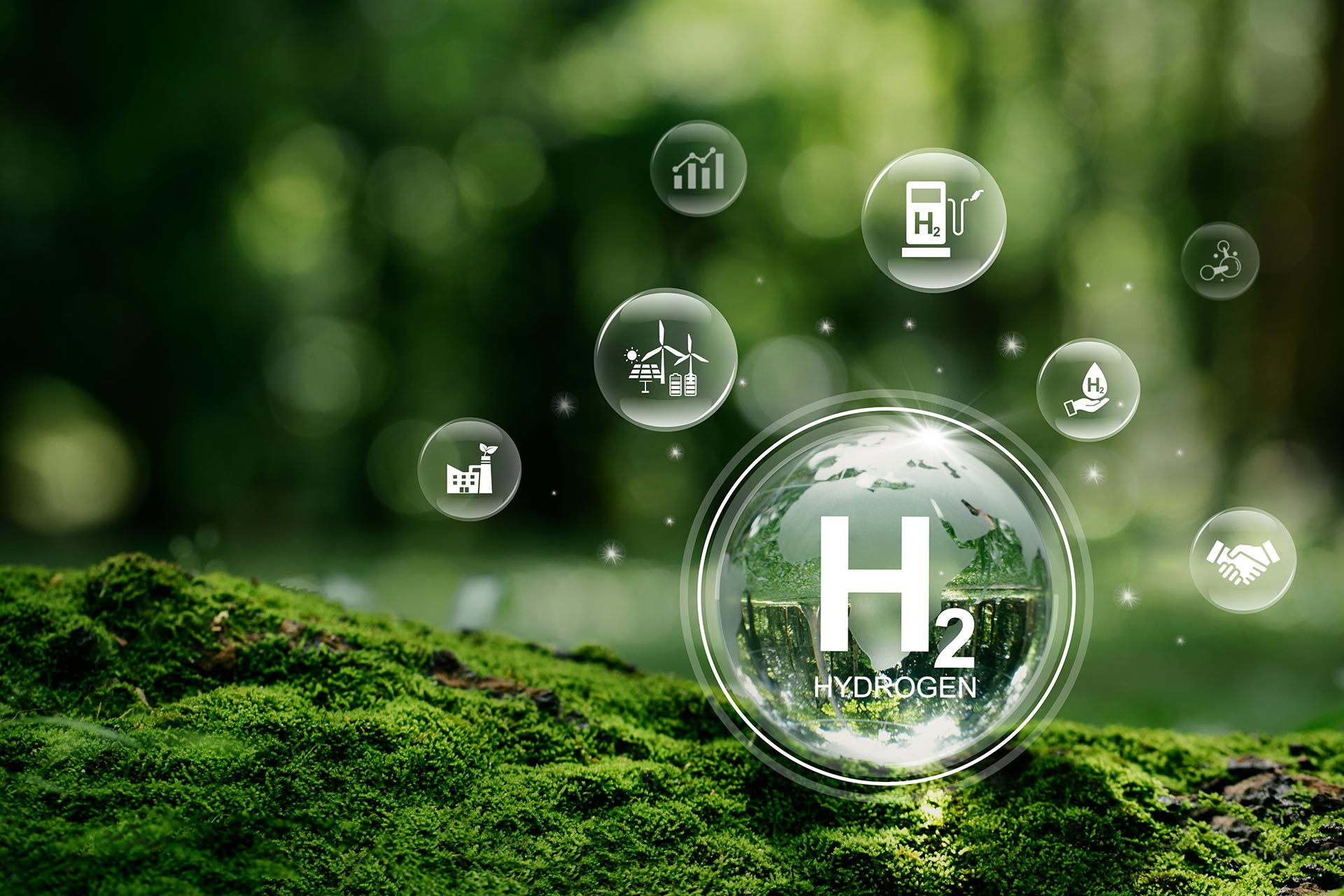
Deep beneath the Earth’s surface, natural chemical reactions quietly generate hydrogen, a clean fuel that produces only water when burned.
Led by researchers at the University of Liverpool, a team is now investigating whether these processes can be harnessed closer to the surface to provide a sustainable, carbon-free energy source (Goal 7 of the UN’s Sustainable Development Goals), to mitigate the effects of decades of fossil-fuel use on our environment (Goal 13 of the UN’s Sustainable Development Goals).
Backed by the Marie Skłodowska-Curie Actions programme funded by Horizon Europe, the Fluid-Rock Interactions for Environmental Sustainability (FRIES) project is investigating how hydrogen forms naturally through fluid–rock interactions such as serpentinisation. This reaction, which occurs when water meets certain iron-rich rocks, has been shown to release significant amounts of molecular hydrogen.
Traditionally, hydrogen production relies on energy-intensive methods like steam reforming, which carry a heavy carbon footprint. By contrast, the FRIES team is exploring whether Earth’s own chemistry could provide a cleaner alternative.
Scottish rocks hold vital clues
The project is focusing on rocks from the Isle of Skye Volcanic Complex and the Shetland Ophiolites. In the lab, scientists are combining microscopic observations with advanced modelling to determine whether these hydrogen-producing reactions can be engineered at near-surface conditions.

Principal Investigator (PI) Dr Ritabrata Dobe and co-PI Professor John Wheeler with rocks from Shetland that they are studying.
The same types of rocks may also help trap carbon dioxide. If successful, the process could deliver a dual benefit: producing clean hydrogen while simultaneously removing CO₂ from the atmosphere.
Promise and precautions
Researchers caution that the reactions taking place within their investigations can alter the physical properties of rocks, potentially triggering seismic activity. Part of the project’s mission is to assess these risks and ensure that any engineered process is safe.
If proven viable, the approach could mark a breakthrough in the global energy transition, offering a natural, carbon-free fuel source whilst also tackling greenhouse gas emissions.
Dr Ritabrata Dobe of the Department of Earth, Ocean and Ecological Sciences and the FRIES team said: “Hydrogen has long been seen as a cornerstone of a clean energy future. By learning from the planet’s own processes, we may be able to unlock a sustainable and scalable solution to tackle the climate challenge.”